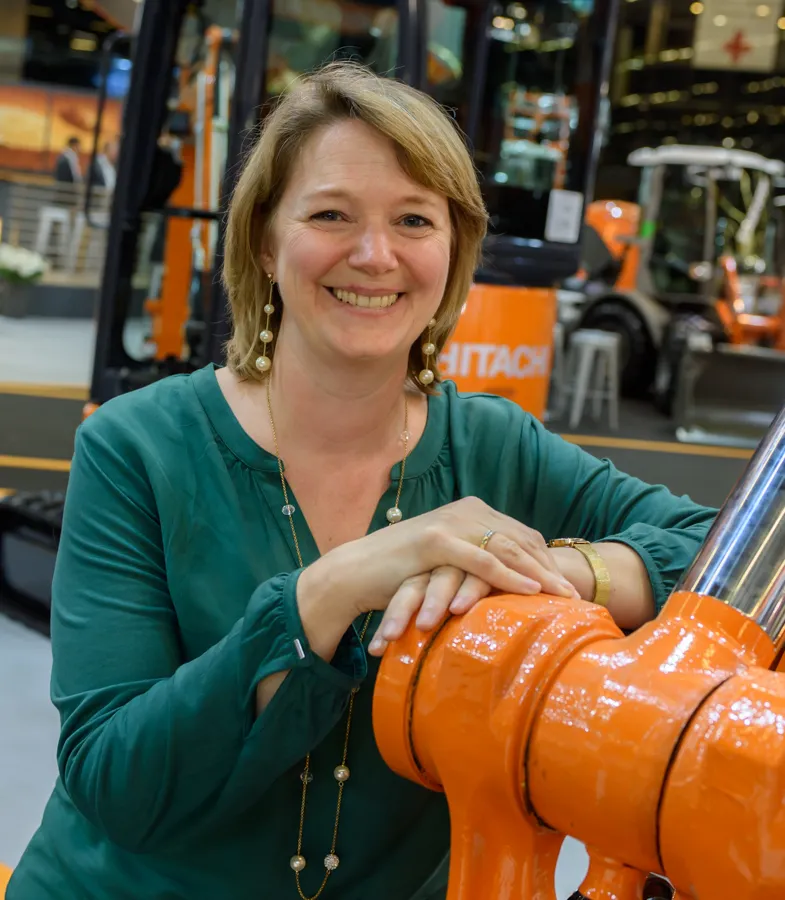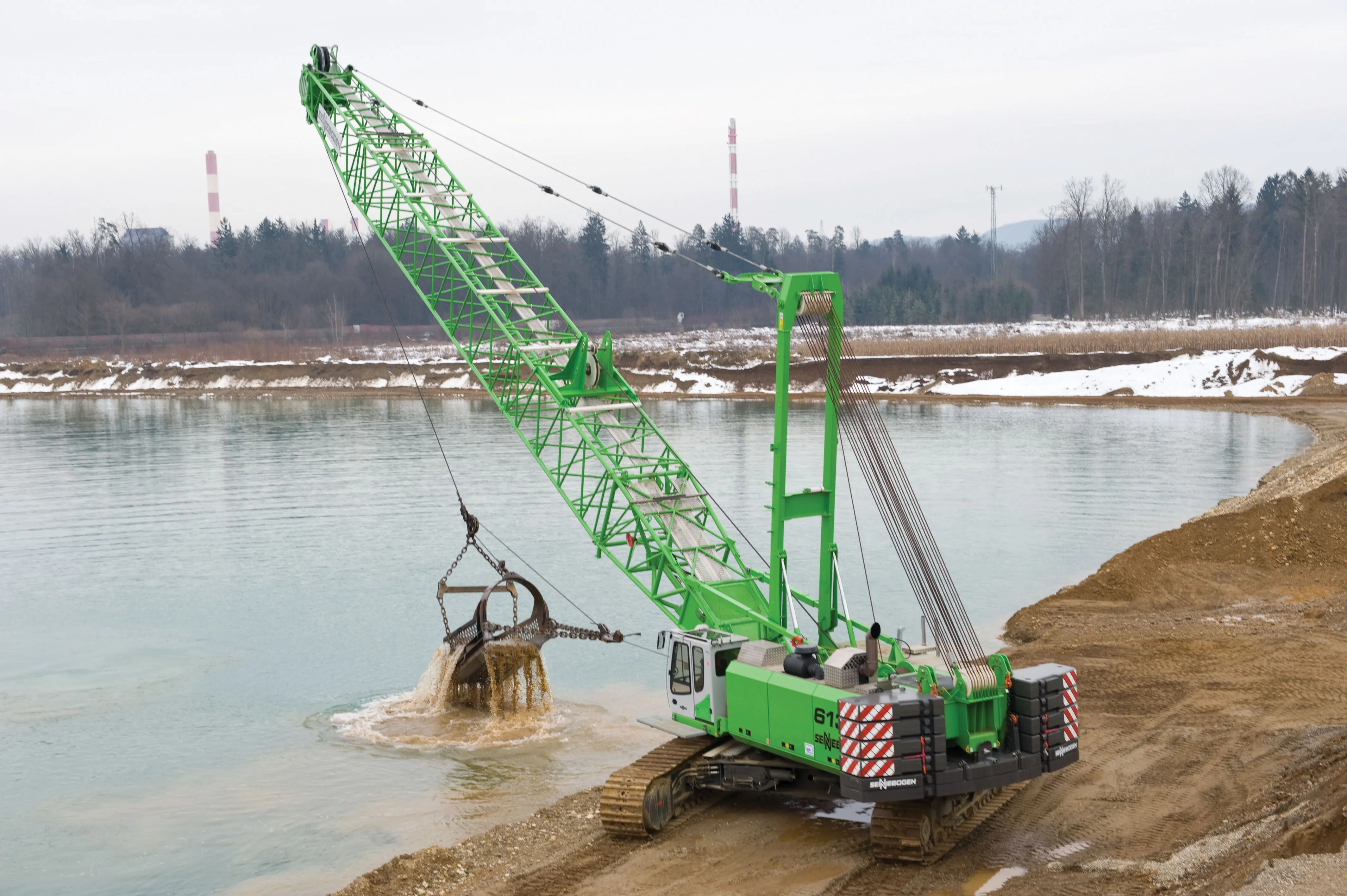
Hitachi says the ZX135US-6 sliding arm excavator is able to dig deeper than a 30 tonne standard model and has a significantly smaller footprint. The sliding arm extends the working range of the model to a maximum digging depth of 7,790mm. The upper arm features a built-in cylinder with a 2,000mm stroke. This makes the 78.5kW engine-powered crawler excavator ideal for river maintenance, pipeline constructions and building mine shafts.
The ZX210LC-6 telescopic arm excavator is said by Hitachi to be the perfect solution for complex below-ground construction projects, ideal for working in tight spaces. Capable of excavating to depths of 21m, the crawler excavator offers high levels of productivity, thanks to its short cycle time. The model’s 128.4kW engine ensures powerful performance, while an optional standard arm and additional counterweight can increase the ZX210LC-6’s versatility.
The ZX135US-6 and the ZX210LC-6 were presented by PAYEN, an authorised dealer of Hitachi Construction Machinery Sales & Service France.







